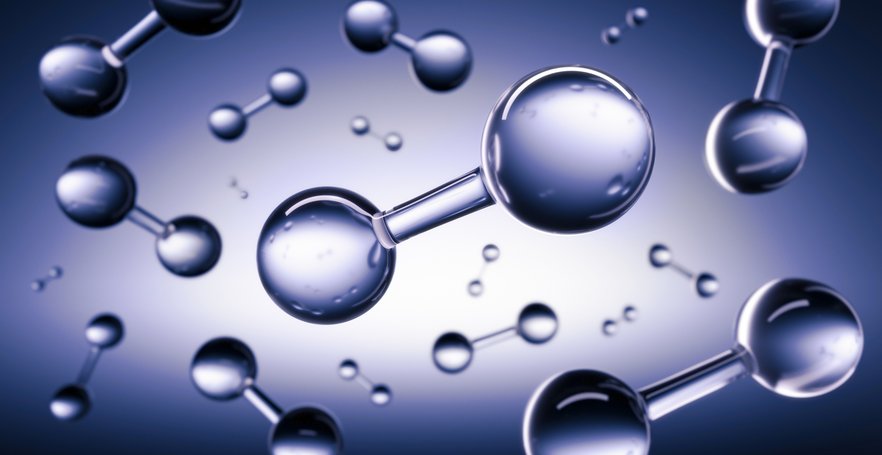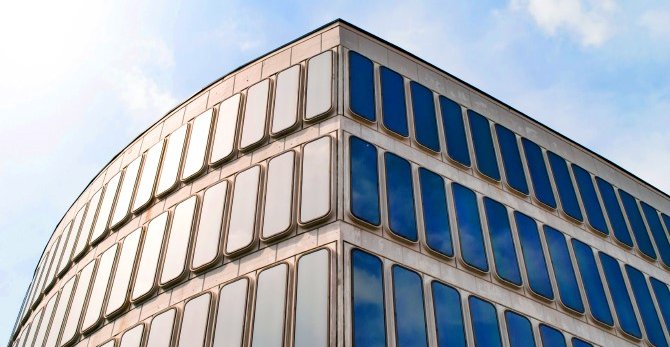The text starts by stating that the map will be outdated at the moment of publication, as developments in this field are moving at a rapid pace. This prompted us to research the latest developments, by initiating a roundtable discussion with academic and industry experts, among others. By doing so, we identified three key transition insights.
1. Scaling up electrolysis capacity: important, but not easy
The Roadmap urges the government to increase its ambition of having 3-4 GW electrolysis capacity by 2030 to 6-8 GW. In a recent debate with the Minister for Climate and Energy Policy Rob Jetten, several Members of Parliament shared this view on raising the level of ambition. Minister Jetten emphasised that electrolysis capacity has to be scaled up in sync with the development of wind and solar farms in order to achieve current targets. This statement underlines the Dutch government's focus on green hydrogen. Besides the availability of (green) electrons, the road to scaling up is paved with several other hurdles. These include: protracted permitting procedures, the need for a stable hydrogen market, the question of whether blue hydrogen will help kickstart the low-carbon hydrogen economy, insufficient manufacturing capacity for electrolyser components and general concerns about health and safety risks.
2. Hydrogen market regulation: perfect is the enemy of good
The Roadmap states that scaling up renewable and low-carbon hydrogen production requires mature production technologies, proper market functioning and availability of (preferably green) energy resources. At EU level, hydrogen market regulation is envisaged to take the form of a revised Gas Directive and Gas Regulation. This entails applying the traditional gas market principles of third-party access and unbundling of transmission and distribution system operators. This presents a challenge as the gas market is a fully developed market, whereas the hydrogen market is still maturing. Several market parties consider the regulatory proposal too rigid, as it leaves little flexibility to react to the new technical and market developments that will undoubtedly occur. A transition period is needed to enable the market to develop. Some experts fear that implementing a 2050-proof regulation from the start will prevent a healthy development of a stable and reliable green hydrogen market. Perhaps perfect is the enemy of good in this case.
3. Unlocking the potential of hydrogen: overcoming import challenges
Importing green hydrogen carriers from parts of the world that have the necessary wind and solar hours seems an inevitable step for the Netherlands, since it cannot generate sufficient green electricity within its own territory. According to the Roadmap, no concrete import goals have as yet been set. Imports can only flourish with clear import and transport conditions and a functioning and reliable certification system.
Although challenges remain, the first necessary steps have been taken. EU legislation envisages that hydrogen imported into the EU may be qualified as green provided it meets certain eligibility criteria. In relation to green hydrogen for use in the European transport sector, the long-awaited publication of the revised EU Renewable Energy Directive (RED II) delegated acts on renewable electricity used in hydrogen production and the methodology to assess greenhouse gas emissions savings brought much-needed clarity. The delegated act on renewable electricity also reiterates that green hydrogen (for the purpose of the transport sector) may be produced both within and outside EU territory.
In terms of realising a functioning and reliable certification system, a certification pilot for domestic production has proven successful. Certification of green hydrogen is now possible in the Netherlands in the form of guarantees of origin. At this stage, imported green hydrogen is not yet supported by the certification system, which covers the well-to-gate aspects of green hydrogen, i.e. the origin of the hydrogen and the greenhouse gas intensity, including upstream emissions up to the point of production, but not the gate-to-wheel aspects, including transportation from the production site to the dispensing point and the dispensing itself. Certification of these aspects is necessary for the hydrogen to count towards the renewable transport targets under RED II. In addition, RED II relies on a mass balancing system that allows hydrogen to be mixed with differing sustainability and greenhouse gas emissions saving characteristics. The challenge, therefore, lies in ensuring compatibility between guarantee of origin certification and mass balancing certification, thereby allowing for full "well-to-wheel" certification.
Hydrogen-related matters to discuss?
Our multidisciplinary hydrogen team will gladly assist you with the challenges and opportunities in this field, whether these concern the regulated transport and import of hydrogen carriers, the development and financing of infrastructure and storage capacity, or the conclusion of contracts. Are you interested in discussing any hydrogen-related matter? Do not hesitate to contact Gaike Dalenoord, Iris Kieft or Shirley Justice.


